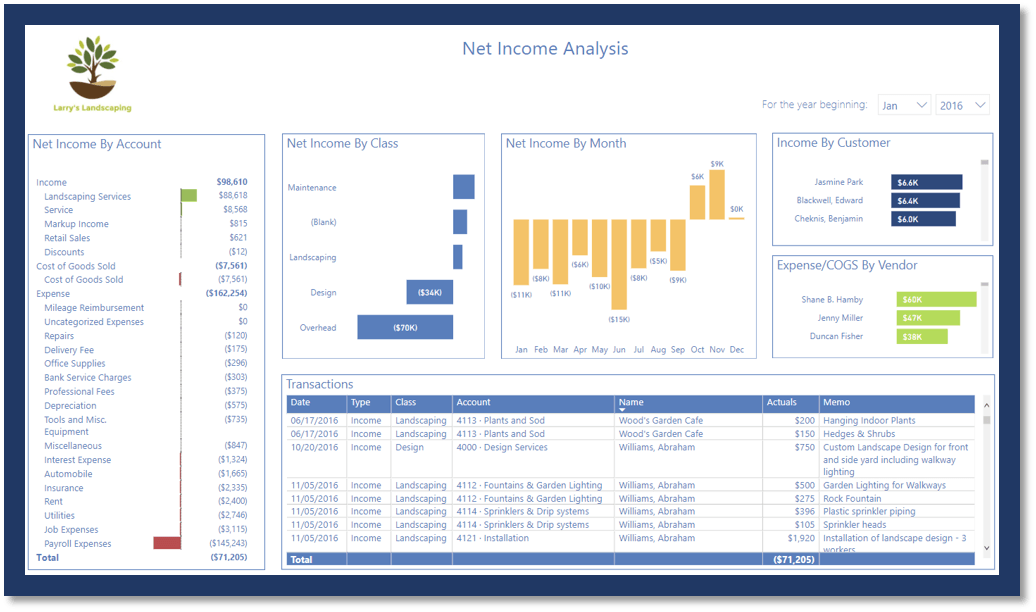In our encounters
with small businesses and churches, we have found that most have at least one
outdated process using paper forms or spreadsheets, and the staff has no idea how to move on
to something better. Read below to see how
hiring an experienced data/integration consultant can be a cost-effective
option.
The director of a
successful, growing daycare is concerned that the administrative processes she
has in place are outdated and too labor intensive but she doesn't have the
time, knowledge or money to fix the problem. She has recently hired more staff
to keep up with the work load. One of the biggest pain points is processing
payroll.
For years, the
employees have used a punch clock with a paper time card to capture their work
hours. Twice a month an administrator
gathers all the time cards and uses a utility program to calculate each
employee's hours, then researches each exception, rounds the hours and verifies
the final calculated time for accuracy. Then she manually enters the hours into
Excel, verifies again, and sends the final approved payroll spreadsheet to
Accounting. The accountant manually
enters the hours for each employee into payroll, then verifies against the
spreadsheet. The process is inefficient,
costly and is lacking sufficient controls.
Like most small businesses, the daycare does
not have IT or process analysts on staff; so the director must look to external
resources to solve her problem. Her options include:
- Outsource: Contract with an HR provider to handle
timekeeping, and optionally the entire payroll process
- DIY: Use her own time and/or
administrative staff to choose a solution and implement new processes
- Hire an Experienced Consultant: Contract with an experienced
consultant to choose a solution and implement new processes
Let's start with the Outsourcing
option first.
Pros:
The provider can potentially take full
ownership of all HR issues, can handle all project implementation, process design, staff training and support services during and after installation.
Cons:
Outsourcing is expensive. The
high cost per employee for outsourced HR services is not cost effective
when many employees work part-time or are low-wage earners. During implementation, staff would still need to provide
business requirements, make decisions and attend training sessions. In addition, the daycare must conform to
the provider's processes and consent to a long-term commitment.
(Also note: Some HR tasks will still need to be staffed by the daycare, such as hiring/terminating, wage management, performance management, scheduling, payroll approval and exceptions, so all administrative staff cannot be outsourced).
Total Cost:
This solution would include limited staff time. The cost of the HR Provider will run $30K - $100K annually depending upon the level of outsourcing.
There may need to be either staff or contractor/consultant support to handle concerns outside the scope of the HR provider (e.g. Accounting).
Next, let's look at the DIY
option.
Pros:
The daycare only has to pay
for the hardware and software. They can
choose whatever solution they think best meets their needs; and there is no long-term
commitment.
Cons:
Significant staff time would
be required to research available solutions while juggling existing job responsibilities. Also, at least one staff member must have
background/knowledge which spans the scope of the project. Staff would need to:
Understand the detailed
system requirements, including integration with the existing payroll
system
Evaluate software
capabilities and confirm capabilities with vendors
Purchase hardware and
software
Manage the install
Design and perform system
configuration
Perform data
clean-up/conversion and load
Provide staff training
When evaluating a system or establishing a process without IT or process experience,there is significant risk that the wrong questions will be asked. Without asking the right questions, some basic technical, functional, or integration requirements might be missed and could result in a significant loss of time and money.
Total Cost:The project cost would include cloud-based software ($2000-$10000/year depending on functionality), electronic time clocks/tablets ($500 - $1100 each), and work weeks of staff time ($500-$1000/person/project week plus benefits, taxes). Once complete, there would need to be either staff or contractor/consultant support to handle concerns outside the scope of software vendor.
As noted above, the risk of using inexperienced project staff to evaluate and implement could result in a significant financial loss, especially if the project must start over after finding that a product lacks some basic functionality. Finding a 'show stopper' late in a project cycle can more than double the cost of a project.
And finally, Hiring an
Experienced Consultant.
Pros:
An independent consultant is
not tied to a specific product so they can identify the most
cost-effective solution to meet the daycare's unique requirements. They can manage the entire project, work through system integration issues and identify challenges and opportunities that staff members would never consider. Because the consultant has experience in many different business processes and has utilized many different technology solutions, the project will have less risk and take less time than the DIY option.
In addition, a consultant can assist an
organization to make the best use of a new system. By looking beyond the
system itself and focusing on the related data and business processes, they can help an organization use the system effectively, efficiently, and get the
most out of their investment.
Cons:
The staff must find a reputable and experienced consultant, provide complete business requirements, and make decisions based on the consultants recommendations. This option also includes an up-front investment for the consultant's time.
Total Cost:
The hardware and software cost range would be the same as the DIY option. The consultant would be hired to identify the most cost-effective solution; so the daycare would benefit from a rigorous evaluation process, including different priced alternatives. Staff time would still be required, but would be limited. A consultant's time would run $5K-$10K dependent on the complexity of operations and business processes. Like all options, after the project is complete there would need to be either staff or contractor/consultant support to handle concerns outside the scope of the software vendor.
Conclusion
Most small to
mid-sized businesses can't afford to fully outsource their HR. So that means they will either need to take a
project like this on themselves or bring in some expert help. While it may be tempting to go it alone, the
cost of doing so will often be significantly higher than working with a
consultant when you include the cost of staff time, the overall time to do the
project, and the risk of implementing a solution that doesn't provide the
ongoing cost savings you set out to achieve.
R2Logic has decades
of experience in hardware/software product research, project management, change
management, process and data analysis, and training. We are dedicated to helping business,
non-profits and churches fulfill their mission through better use of their
information resources. If you have an
inefficient process or outdated tools, check us out at R2Logic.







